World Mushroom Day Is October 15 – Are You Ready to Celebrate?
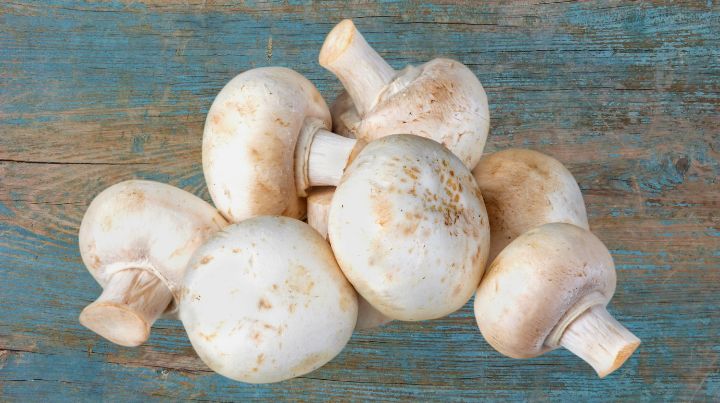
The oldest evidence of human mushroom consumption comes from the Red Lady, a 19,000-year-old skeleton found in a Spanish cave with mushroom spores in her teeth. Humans around the world, myself included, continue to enjoy them.
Countless Uses for Mushrooms
There are countless ways to use mushrooms in the kitchen. At my house, we mix them in with scrambled eggs, in omelets, in meat pies, or on top of pizzas. Vegetarians can use large portabellas as burger substitutes. I’m not a vegetarian; I’m a pretty enthusiastic meat eater, but even I enjoy these once in a while because they’re so tasty.
A lot of us grew up seeing fried mushrooms as a popular side dish at restaurants, and stuffed mushrooms are a familiar sight at the table, as well
Mushroom Ketchup
Mushrooms can be used in other ways too. Townsends 18th Century Cooking, one of my favorite YouTube channels, has a video on an 18th-century recipe for mushroom catsup that I’ve been meaning to try.
While still popular in Britain, mushroom catsup has been overshadowed by tomato catsup in the U.S., though if you’re looking for new flavors, maybe it’s time to revisit the old condiment!
Mushroom Medicinal Uses
Mushrooms have also been used medicinally for thousands of years. Hippocrates described the amadou mushroom as a potent anti-inflammatory. A variety of mushrooms have long been used in Traditional Chinese Medicine.
Because mushrooms have been so thoroughly enjoyed for so long, many people cultivate them. While references to mushroom cultivation exist in literature dating back two thousand years in both ancient Greece and China, large-scale cultivation didn’t occur until fairly recently.
Mushrooms Can Be Difficult to Cultivate
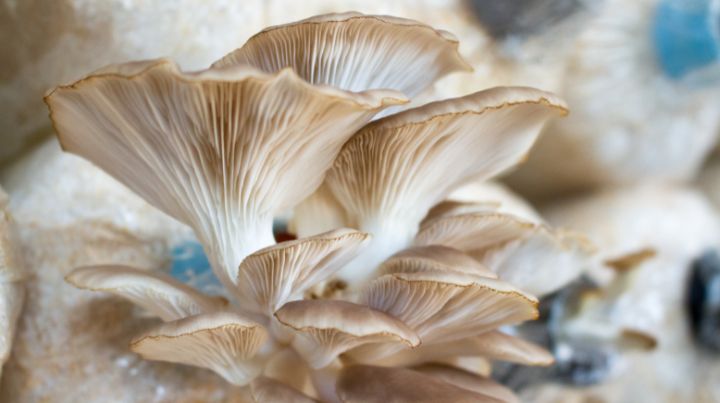
Many mushrooms are notoriously difficult to cultivate. They’re not like tending plants in a garden. Mushrooms are the fruiting bodies of fungi, members of their own kingdom, more closely related to animals than plants. Fungi, like animals, can’t produce food. They don’t eat the way animals do, though. Fungi release enzymes into their surrounding environment, which break down substances into forms useful and absorbable by fungi.
Fungi spend most of their lives underground as strings of barely-visible hyphae woven together, forming large mats called mycelia. The mycelia produce mushrooms to release spores only when conditions are just right. Successful mushroom cultivation depends on recreating optimal conditions for the mycelium.
Some kinds of mushrooms are easier to cultivate than others, but on average, they are less forgiving than plants. If you want to take a look at the steps involved, you can check out this link from the North American Mycological Association (NAMA) Buying kits is probably the easiest way to get started cultivating mushrooms, though if you’re feeling ambitious, you can try making your own substrate from scratch.
My Mushroom Growing Experience
I’ve tried cultivating mushrooms myself without much luck. My well water periodically turns orange; my regular fruits and veggies still grow just fine, but mushrooms are a lot more finicky. If I try again, I’ll try watering with our drinking water.
I haven’t bothered trying too hard to cultivate mushrooms because my property has lines of mycelia for field mushrooms running through it. If we get a good rain when the ground is warm, we get flushes of field mushrooms.
When my kids were younger and learning about the biology behind fungi, it was easy to explain the way mushrooms pop up from nearly-invisible lines underground because it’s so apparent when weather conditions are right, as you can see in the photo below.
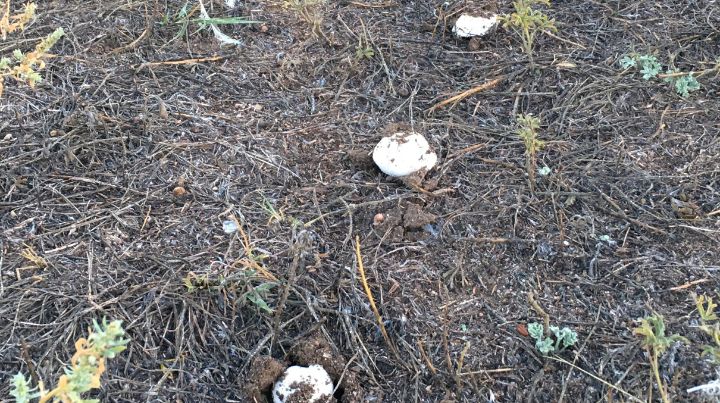
Mushroom Hunting
Mushroom hunting is hugely popular around the world. It’s a great way to enjoy the outdoors, learn more about the natural world, and potentially come home with something delicious. Michael Pollan’s book The Omnivore’s Dilemma has an entertaining section about mushroom hunting; so does Tolstoy’s Anna Karenina.
If you’re used to successfully gathering wild plants, you can probably pick up a good field guide with excellent pictures and descriptions of what’s in your area. If you are totally new to any kind of foraging, it would be better to find an experienced friend or join a club. NAMA has clubs available in most states if you want to learn more And then you can always look for groups on Facebook, too.
The Downside of Mushroom Hunting
Mushroom hunting can go wrong if you’re not careful. I have a friend who is quite obsessed with mushrooms and, while living overseas, had a coworker who shared his interest. They went hiking and found some mushrooms. My friend did the same test you’d do for unfamiliar plants, smelling the mushroom and just touching it to his lips. His lips tingled a little bit, and so he said, I’m not eating these. His coworker brought them home, scarfed them down, and wound up in the ER. Unless you’re already a competent forager, start off with an experienced friend.
And another warning, one that never would have occurred to me pre-Covid. Edible mushrooms are often fragrant; that was the dead giveaway when I originally identified the field mushrooms on my property. If you’ve relied on your nose to help you ID plants or fungi in the past, and you’ve had Covid, bring a friend with you if you’re going somewhere new.
I had the Delta variant of Covid over a year ago, and while I barely got sick (no fever, no respiratory symptoms), my sense of taste and smell were so damaged they are still not back to normal. For example, I kept getting weird whiffs of chemical smells and thought it was from nearby oil and gas facilities. I started griping about it to my teenagers. They informed me that it was just a skunk smell. I really had no idea.
I harvested mushrooms just this morning; they are nowhere near as strong-smelling as they were to me in the past. However, I know the same mycelium is still there, so am confident that they are safe. But, if I were to go somewhere new, I would be less likely to rely on my sense of smell than in the past.
The Bottom Line on Mushroom Hunting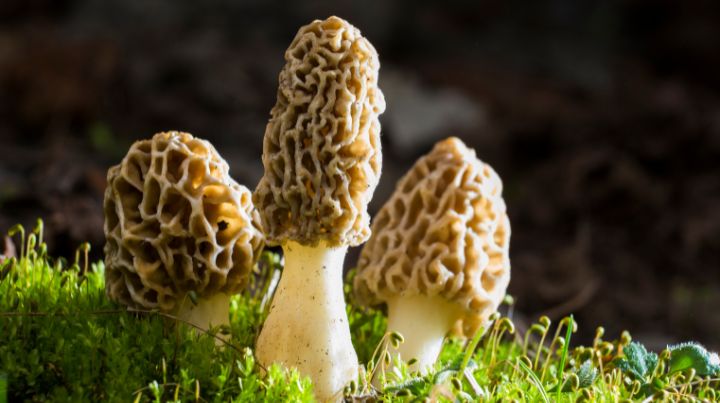
Having said all that, mushroom hunting is fun and rewarding. If you’re looking for another way to interact with your natural surroundings, I highly recommend it. It’s also a great way to educate children, both about biology and about your various prepping activities.
So let’s get ready to celebrate Mushroom Day! I may not have a mushroom flush that day, but I can get around to making mushroom catsup. How about you? Tell us about your mushroom experiences in the comments below.
Additional Resources:
- How To Grow Culinary and Medicinal Mushrooms
- Edible Landscaping: Food Hidden in Plain Sight
- What Are the 10 Easiest Medicinal Plants to Grow?
- Food Forest Abundance: Self-Reliance & Success with Jim Gale
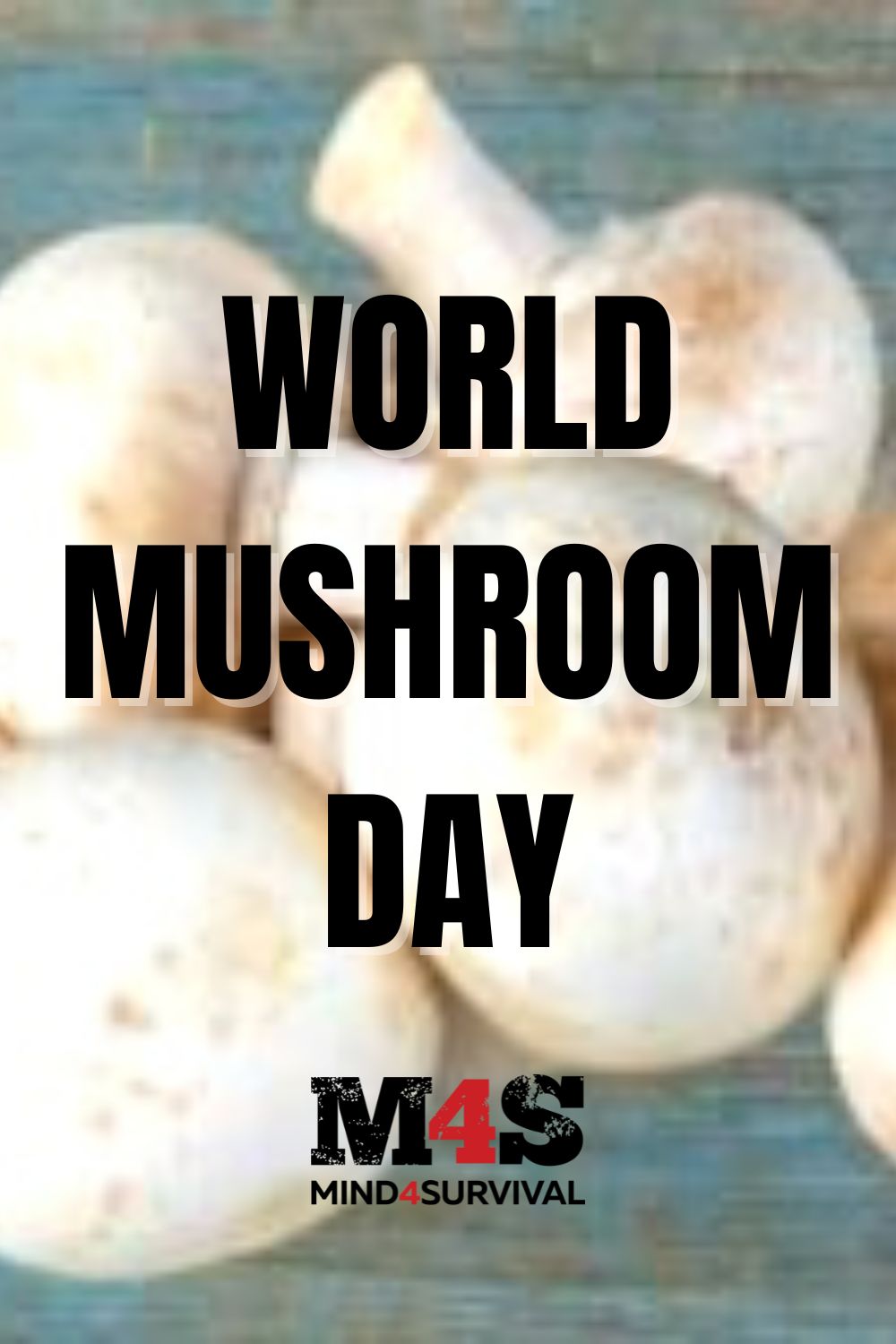
Don't Miss Out!
Join the thousands of people who rely on Mind4Survival preparedness advice by subscribing to our FREE newsletter.
- Practical preparedness information
- Zero Spam
- < 0.25% of people unsubscribe




Join Mind4Survival!
Stay informed by joining the Mind4Survival! 100% Secure! 0% Spam!
Follow Us!
Affiliate Disclosure
Mind4Survival is a free, reader-supported information resource. If you make a purchase through our link, we may, at no cost to you, receive an affiliate commission.

